EKO DRUM
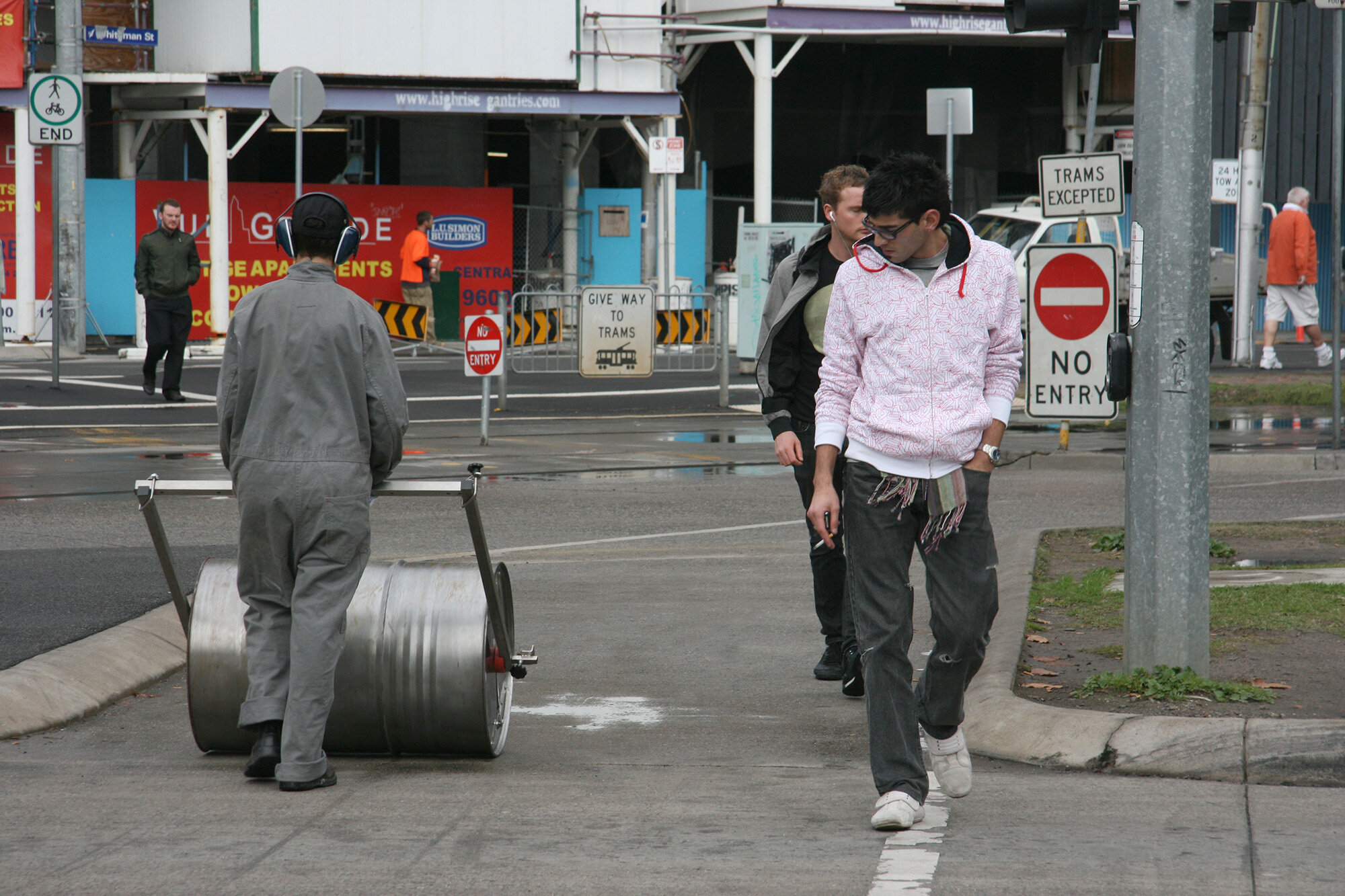
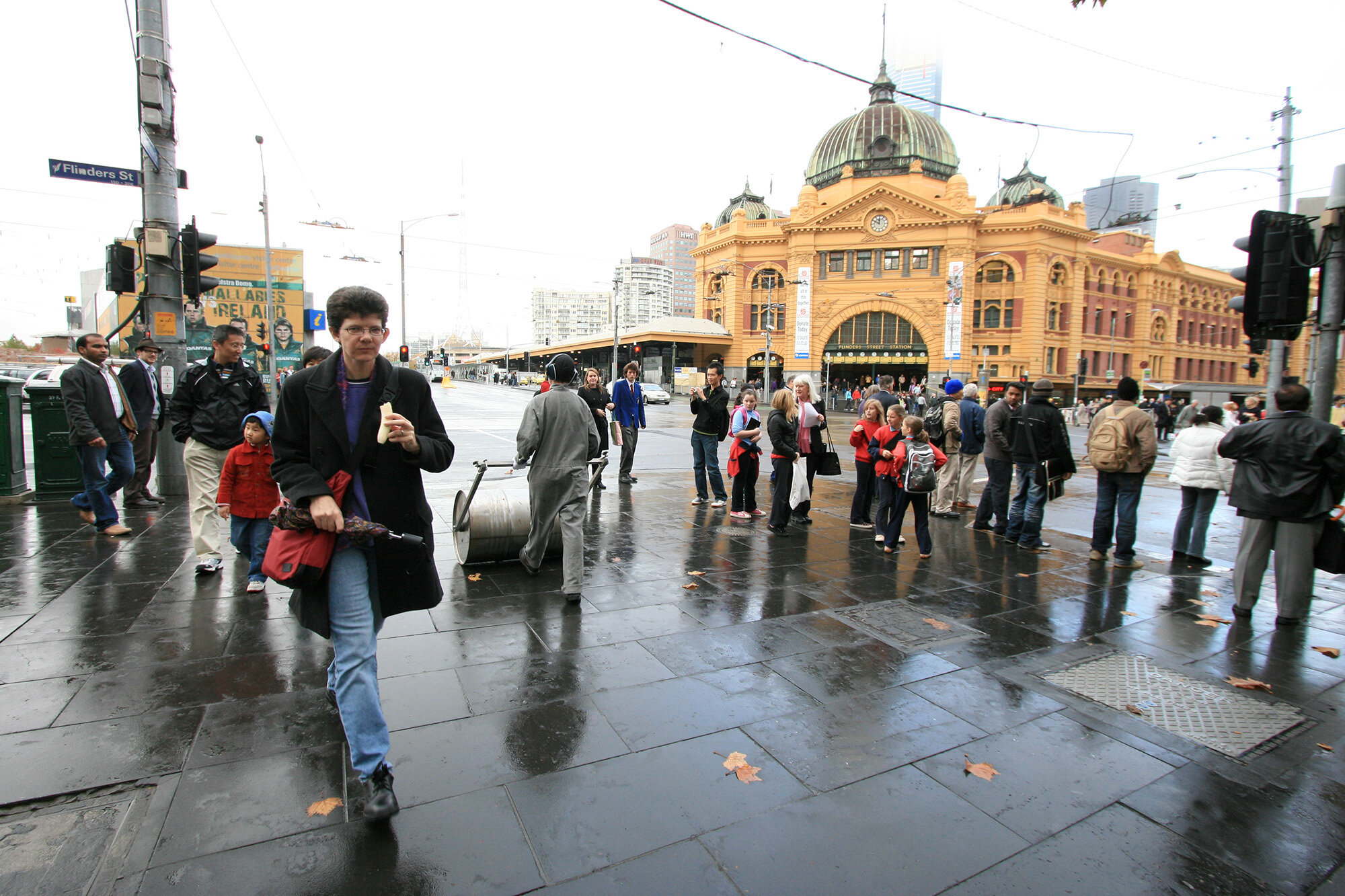
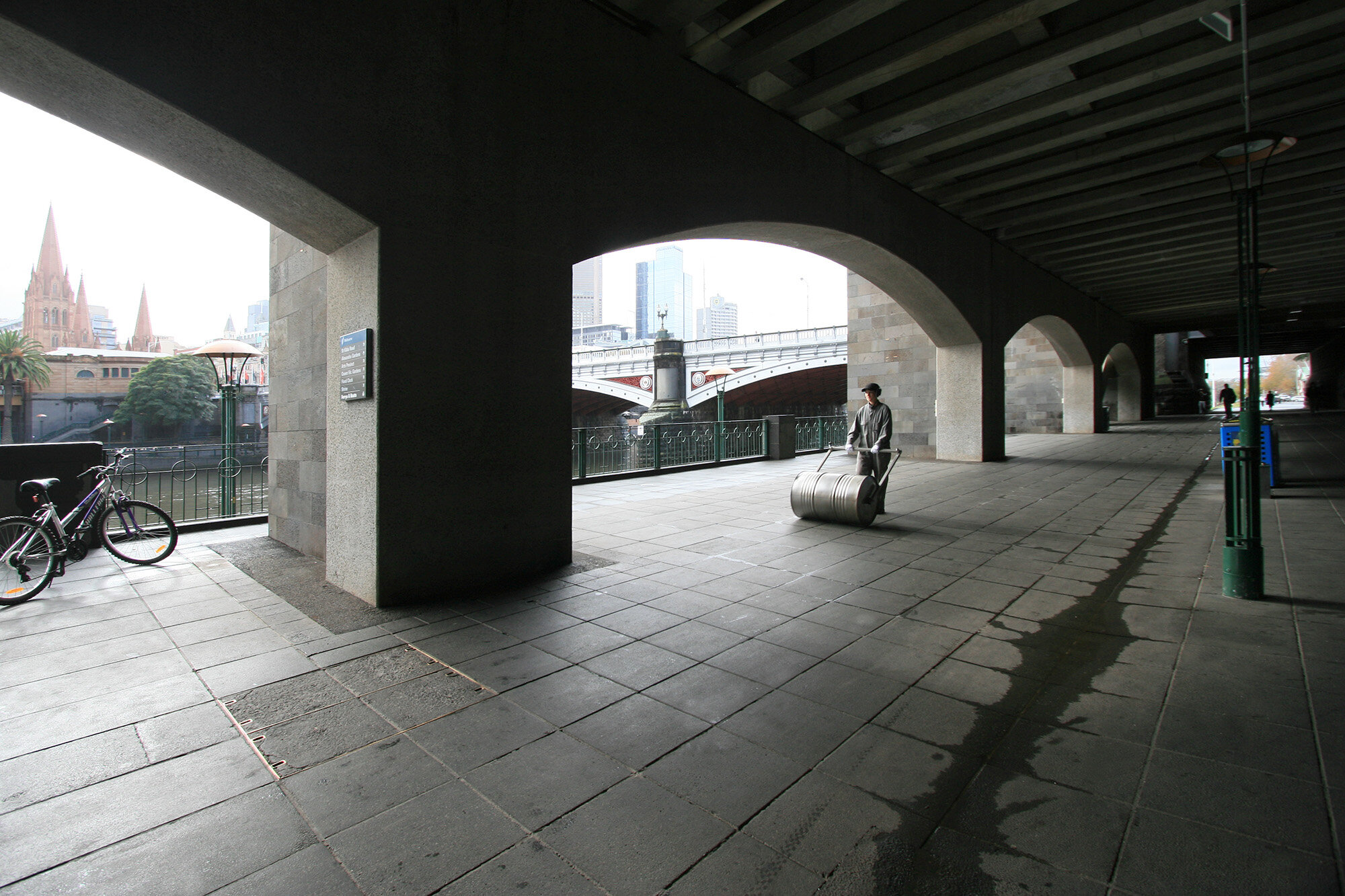
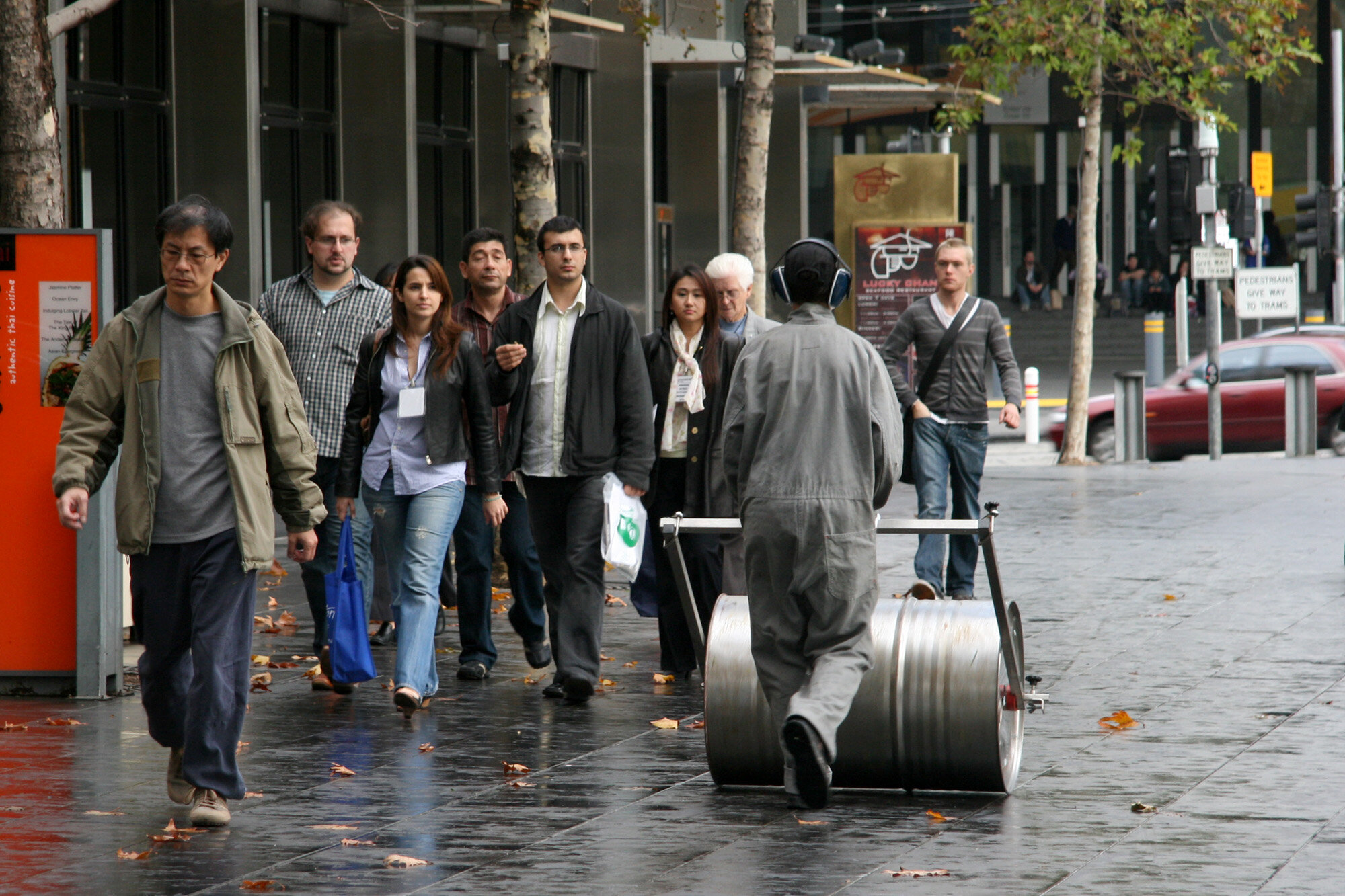

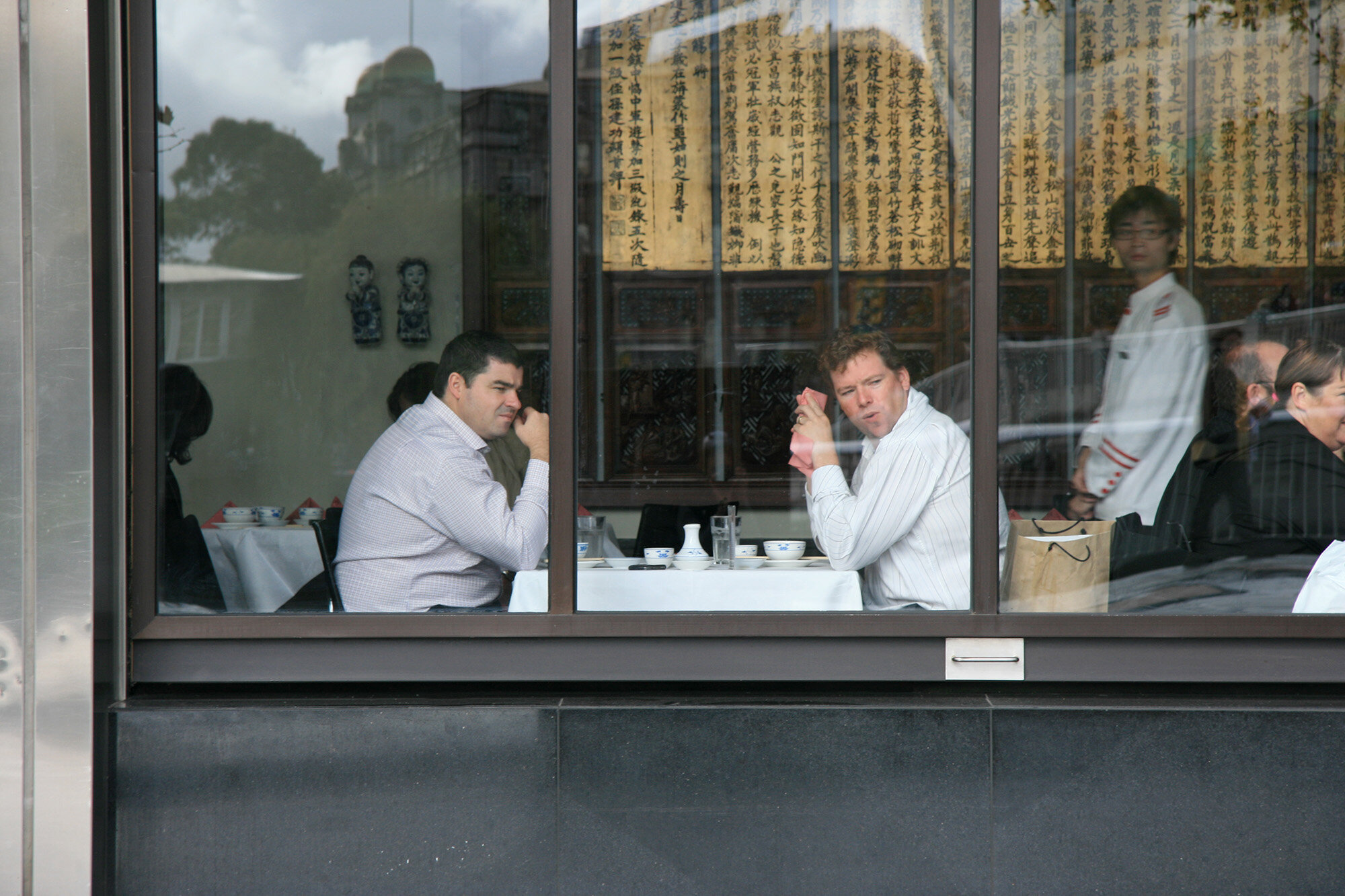
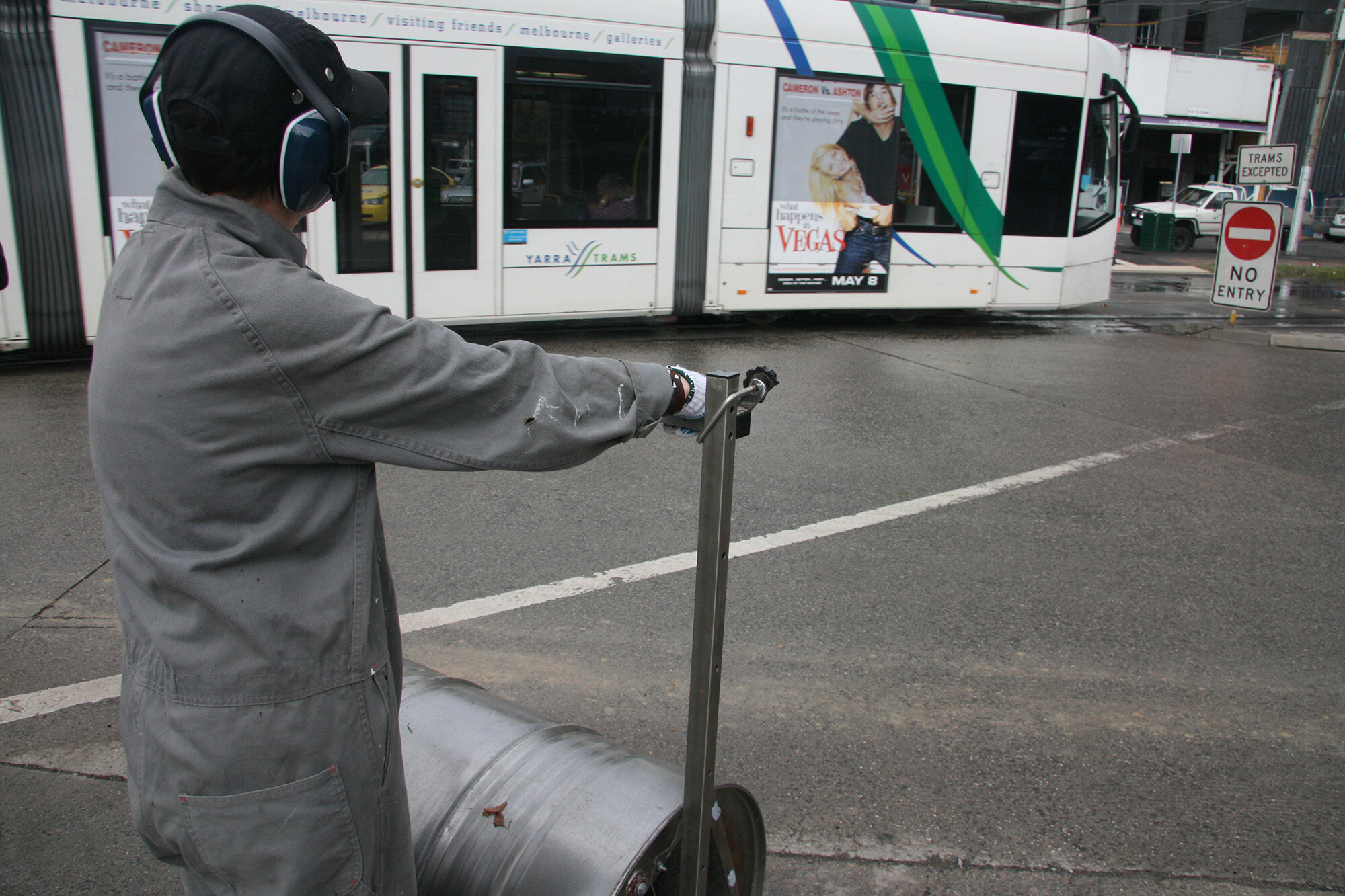
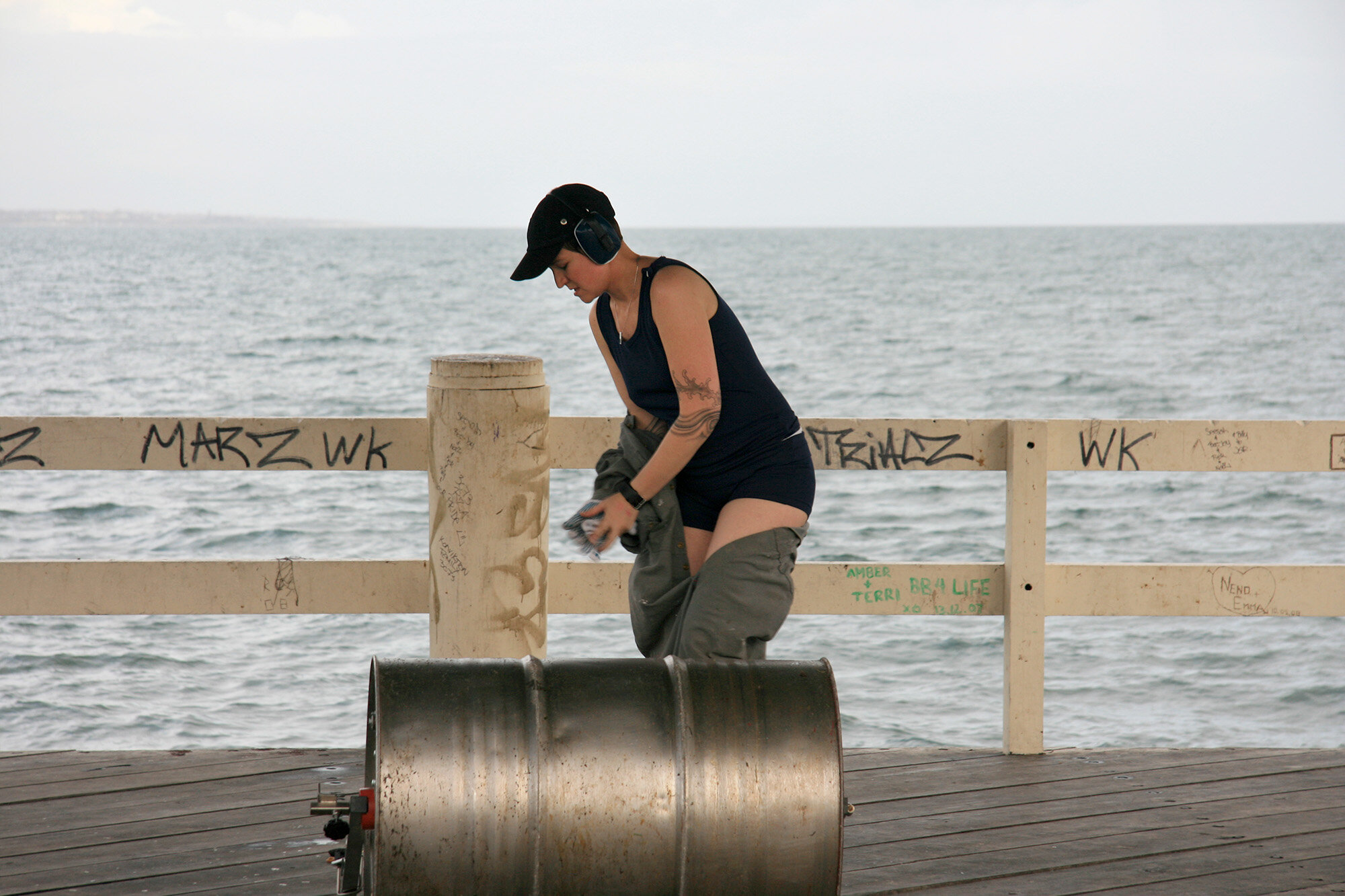
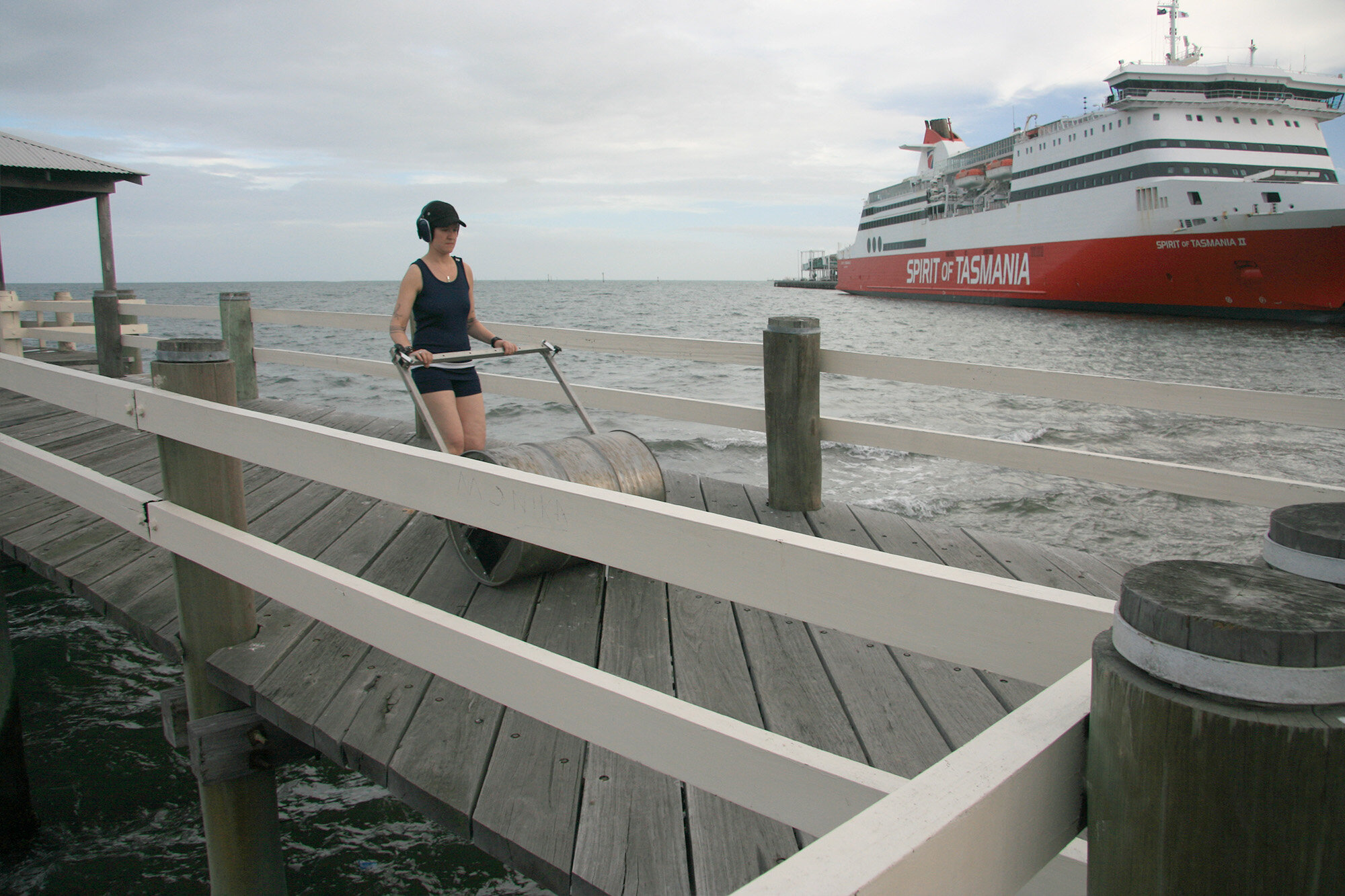
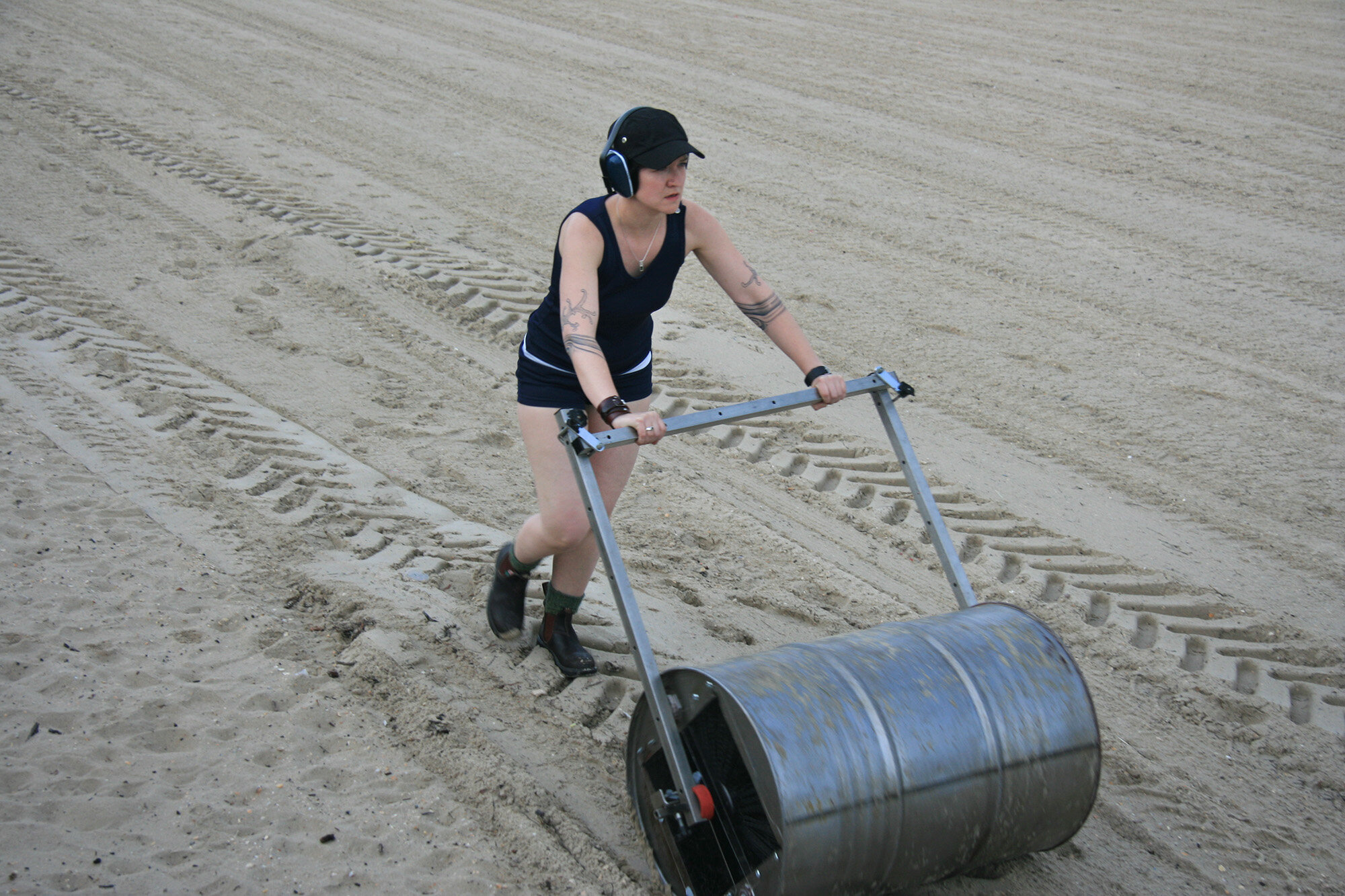
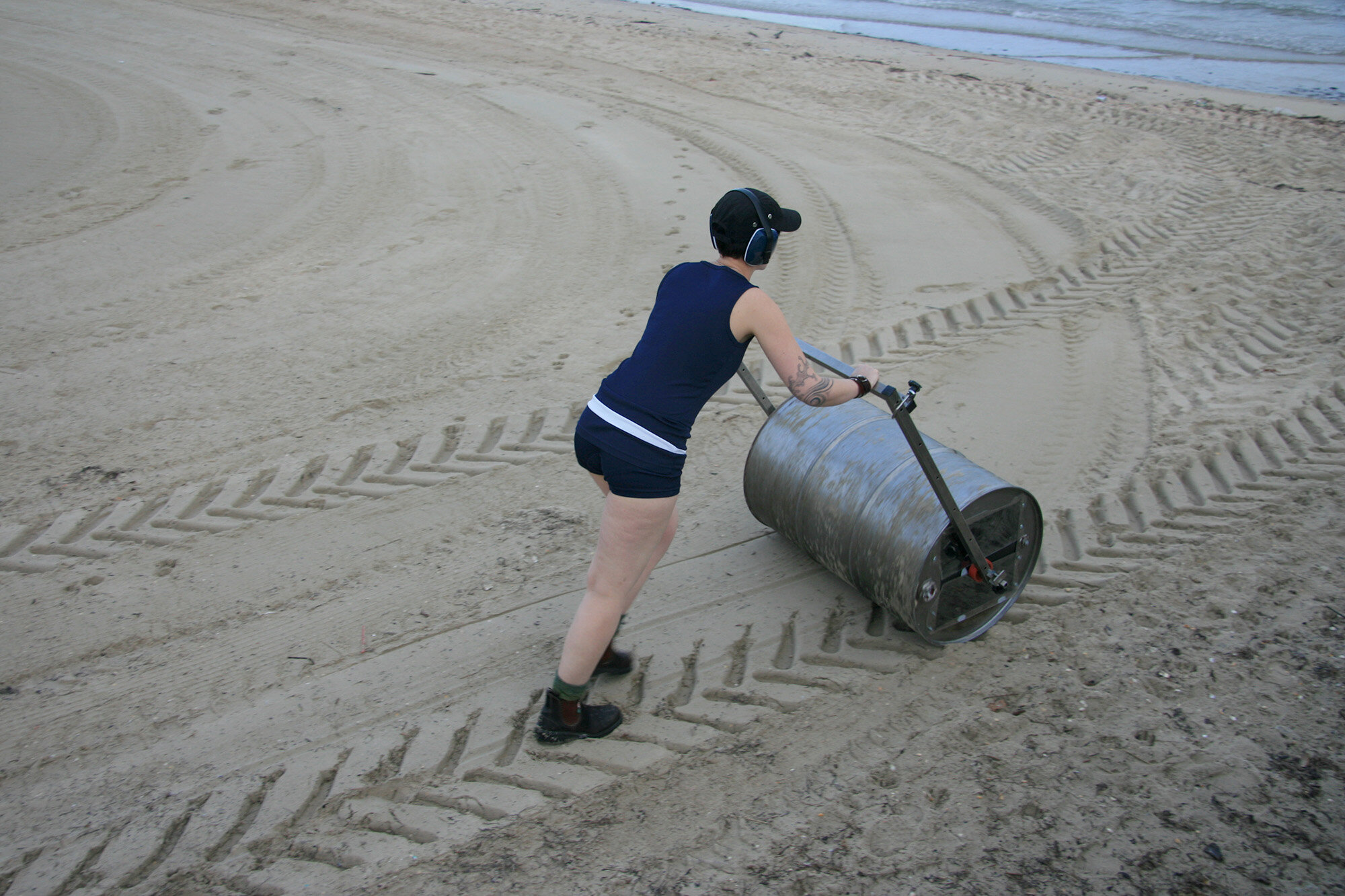
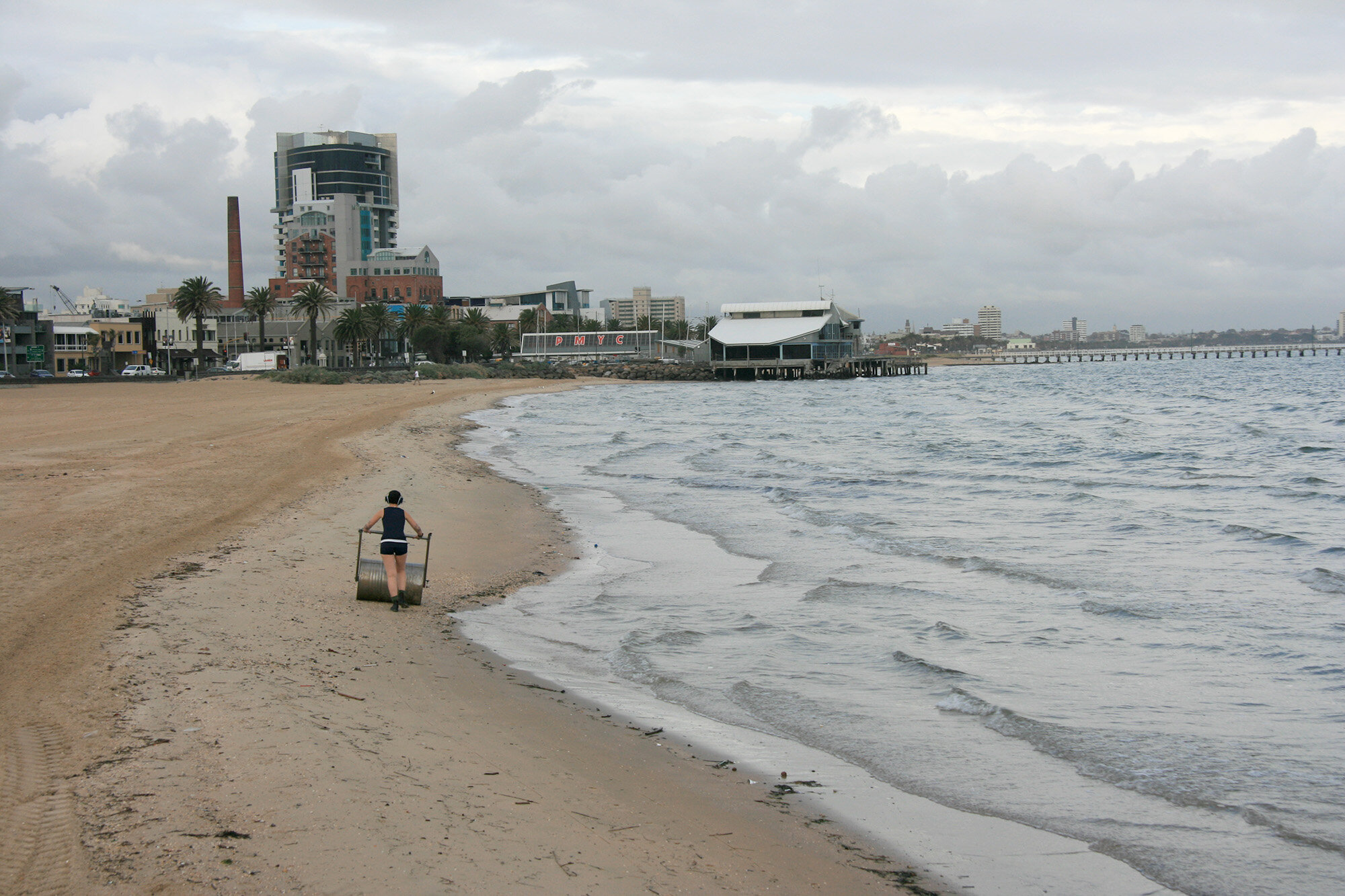
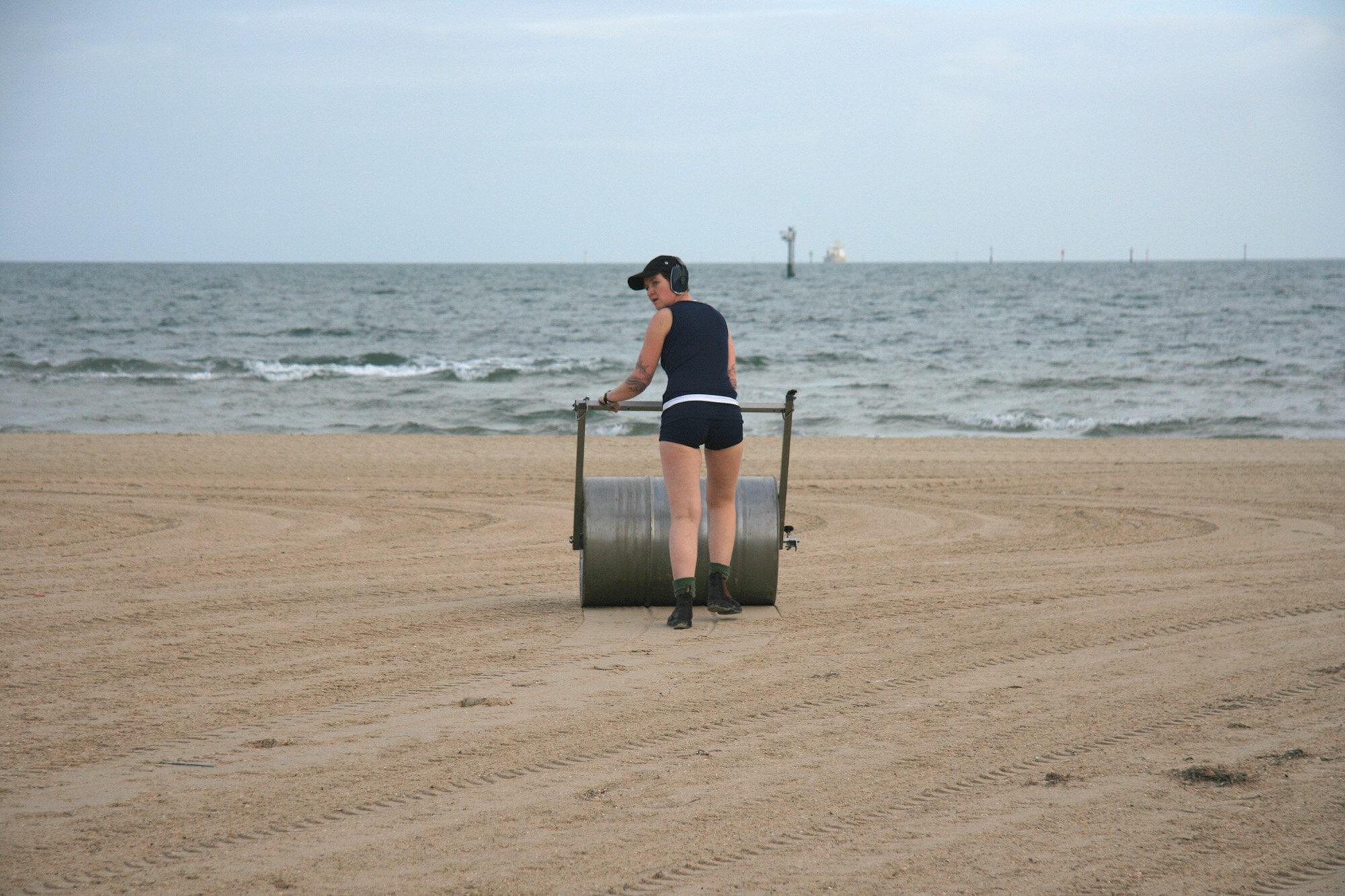
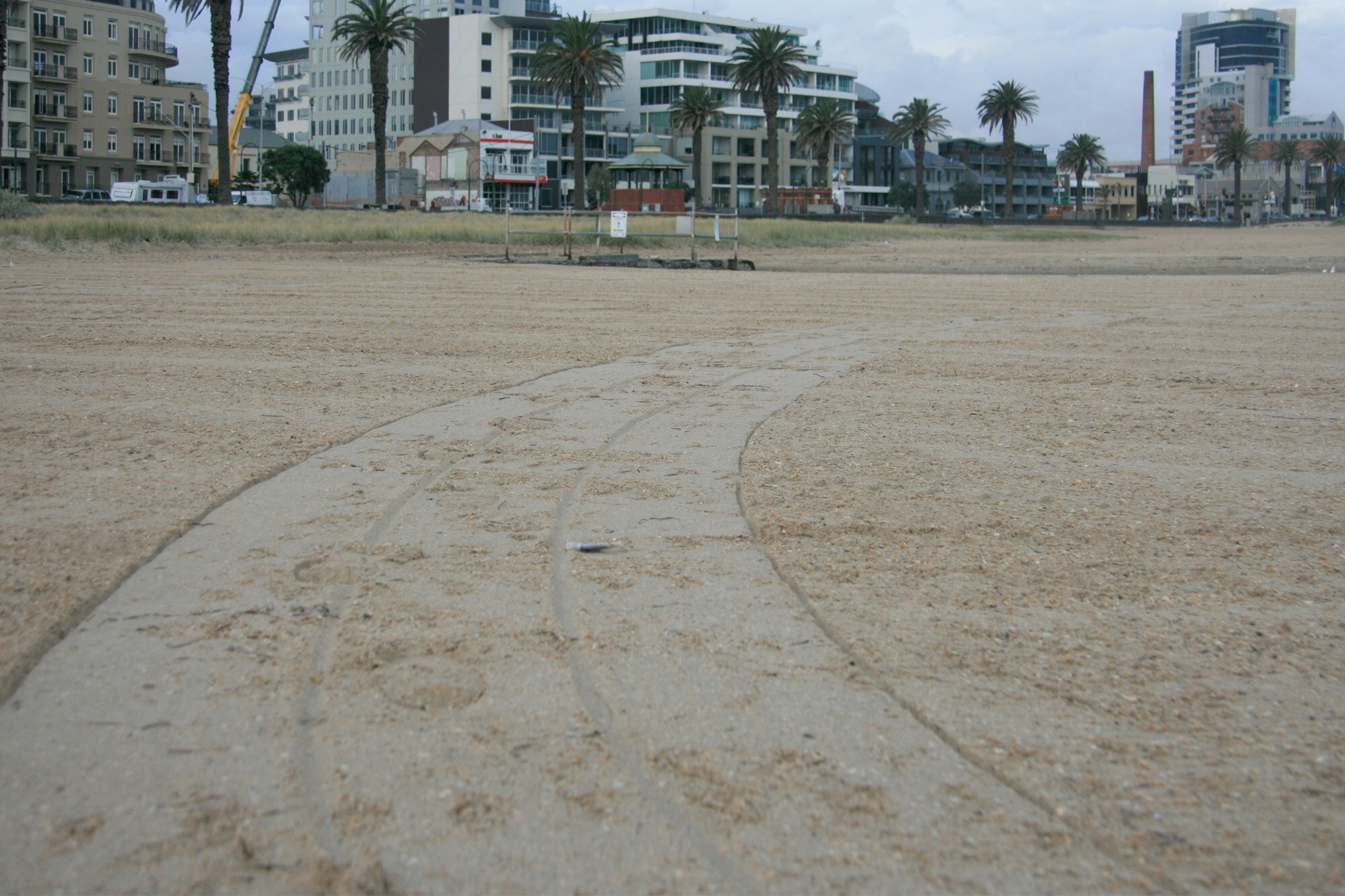
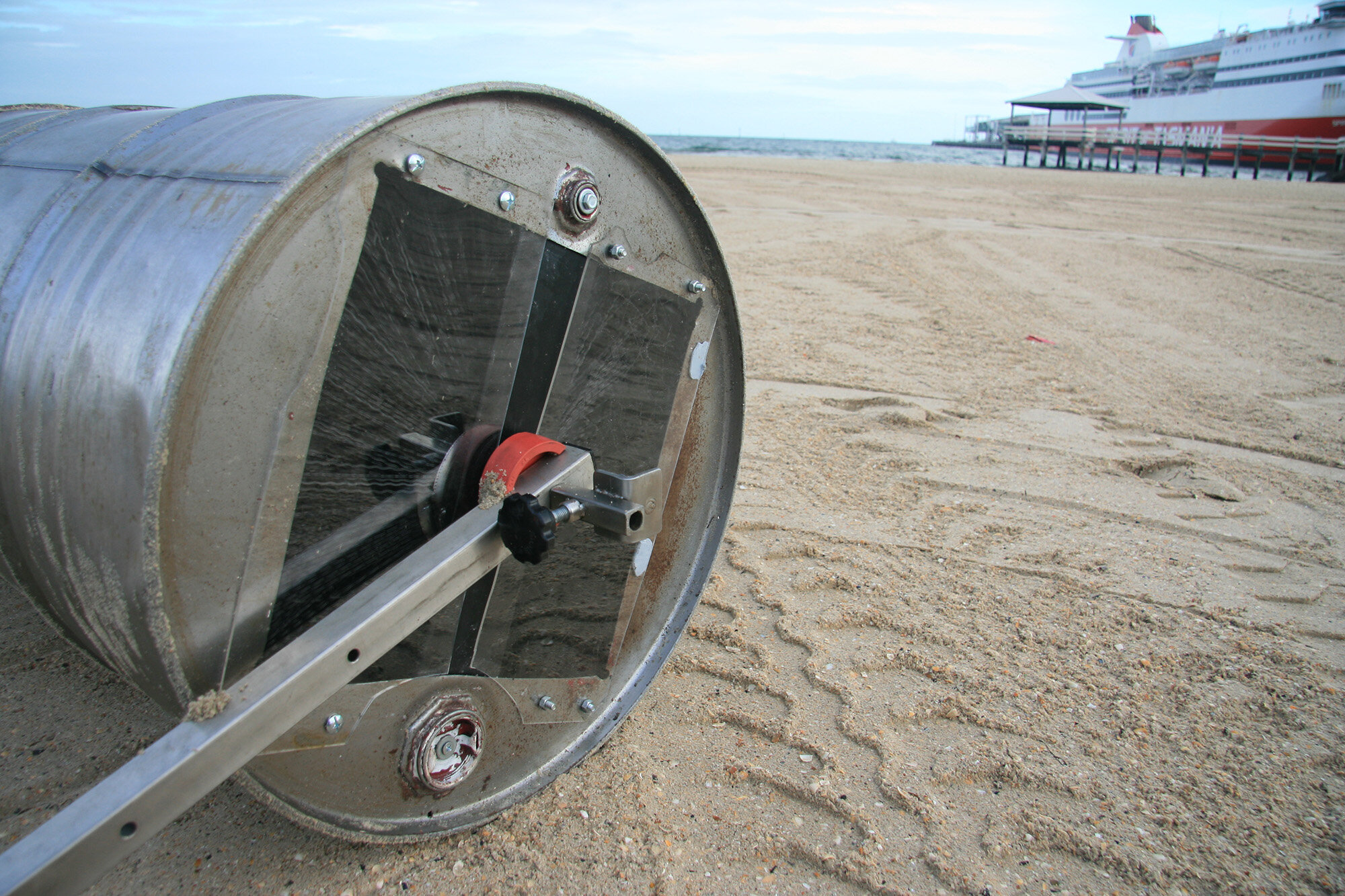
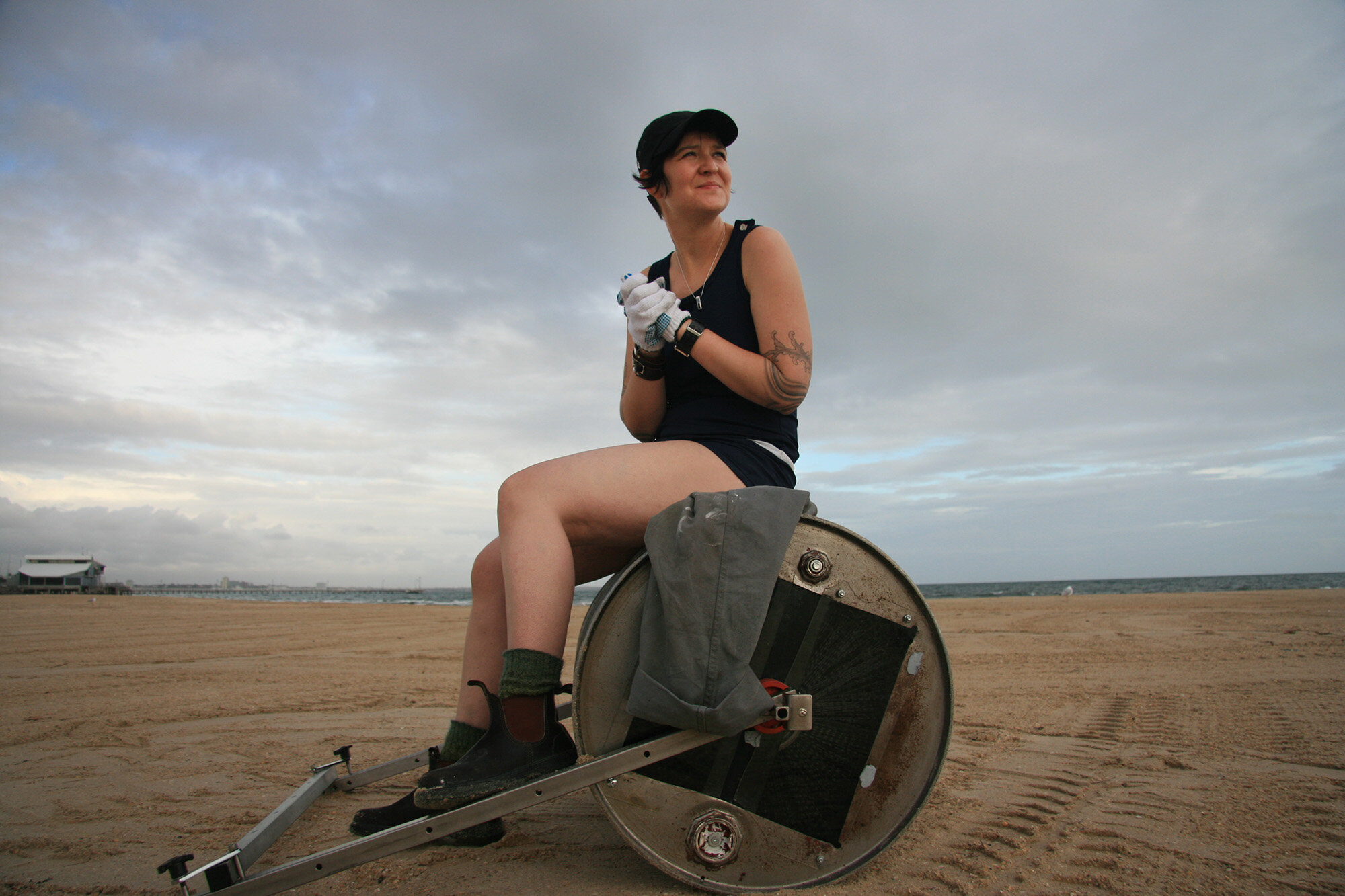
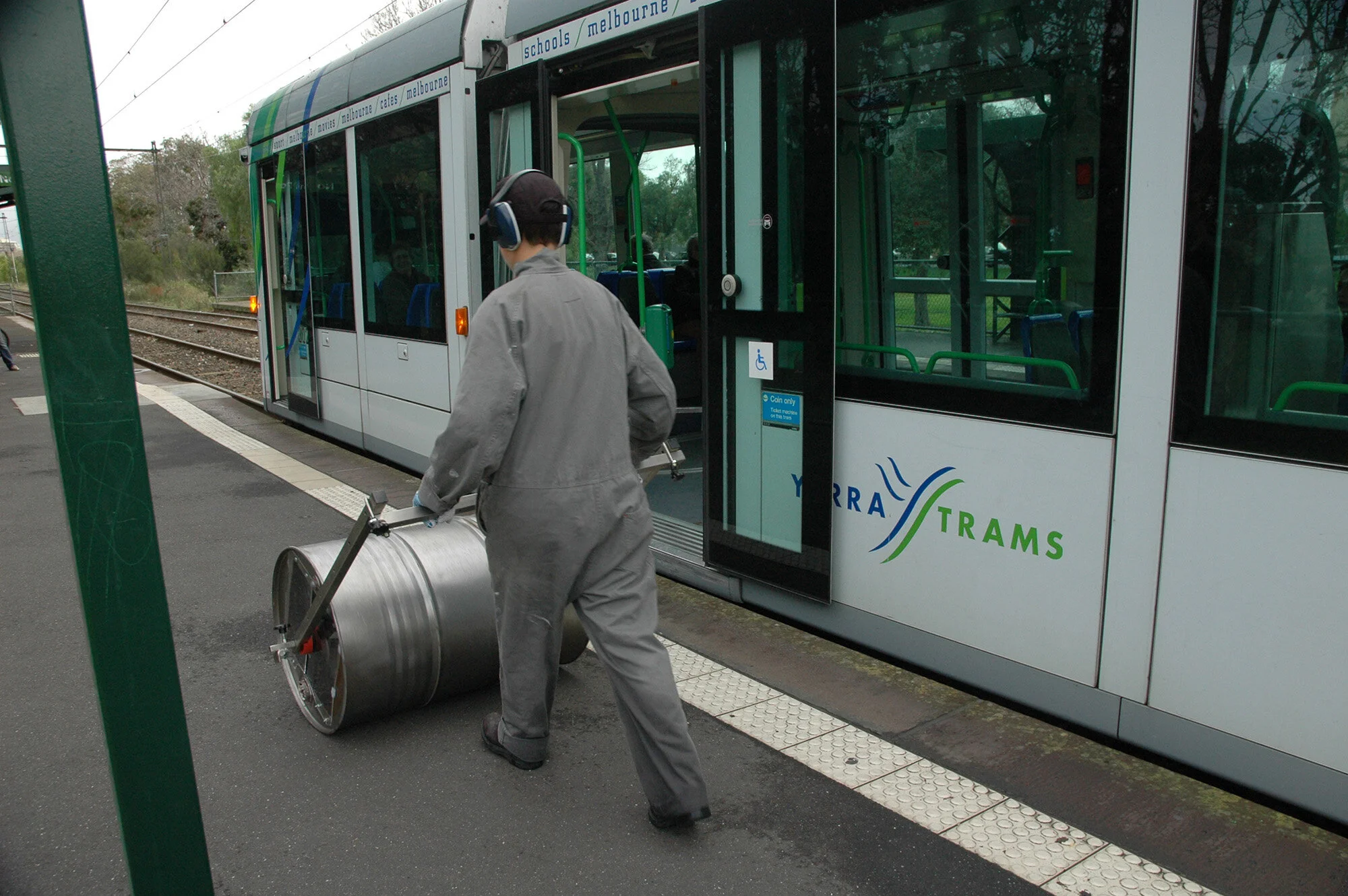
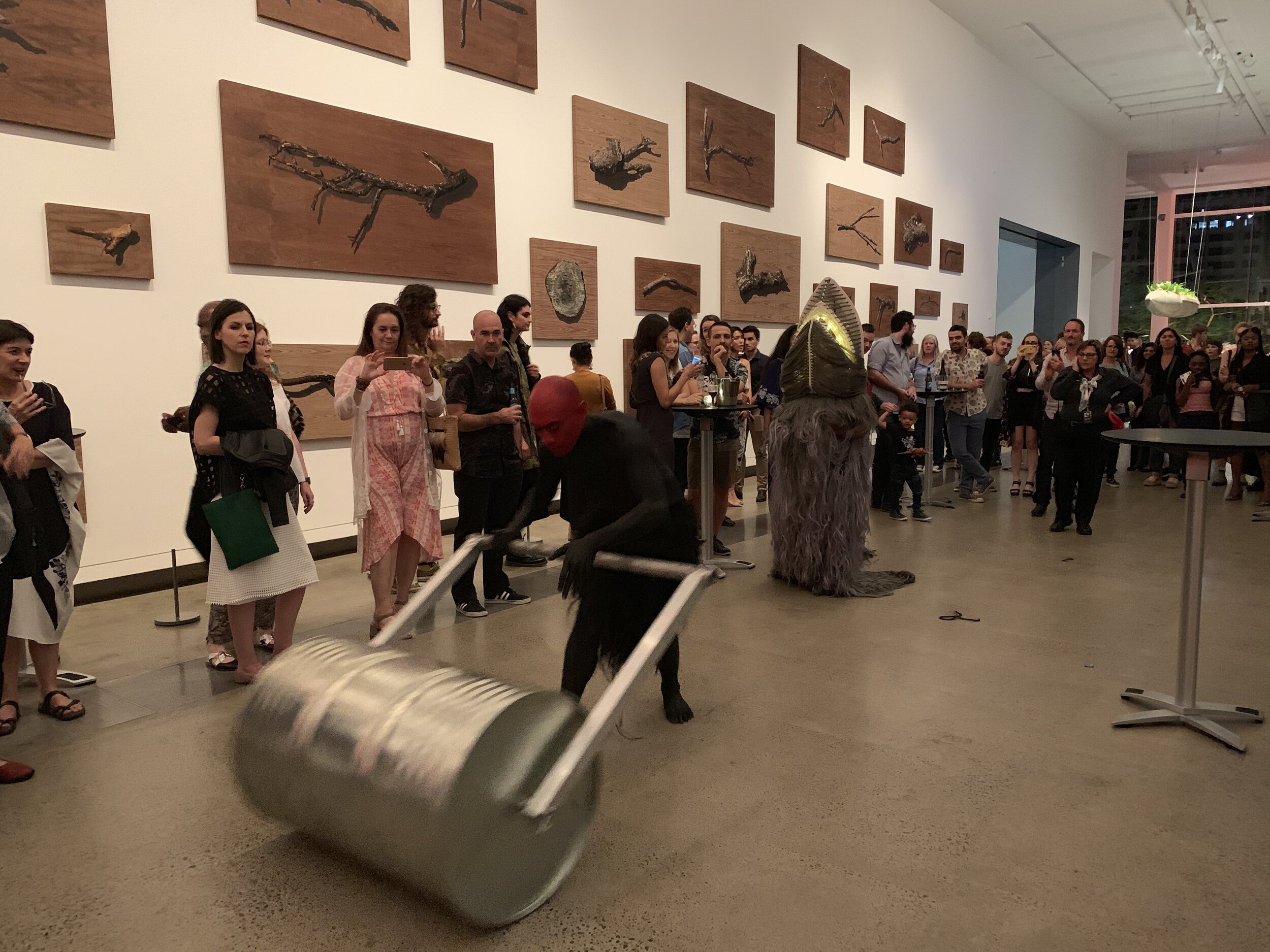
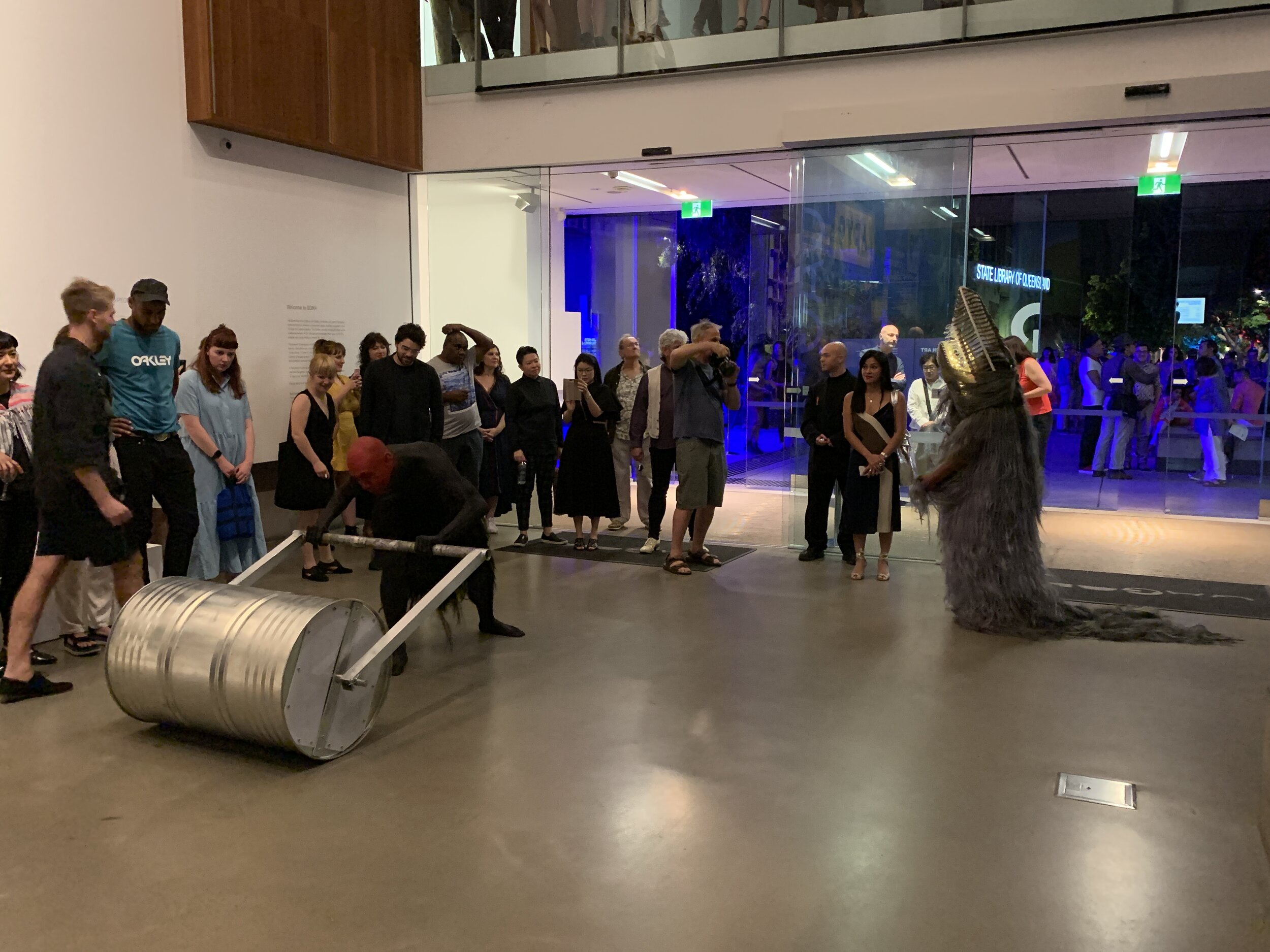
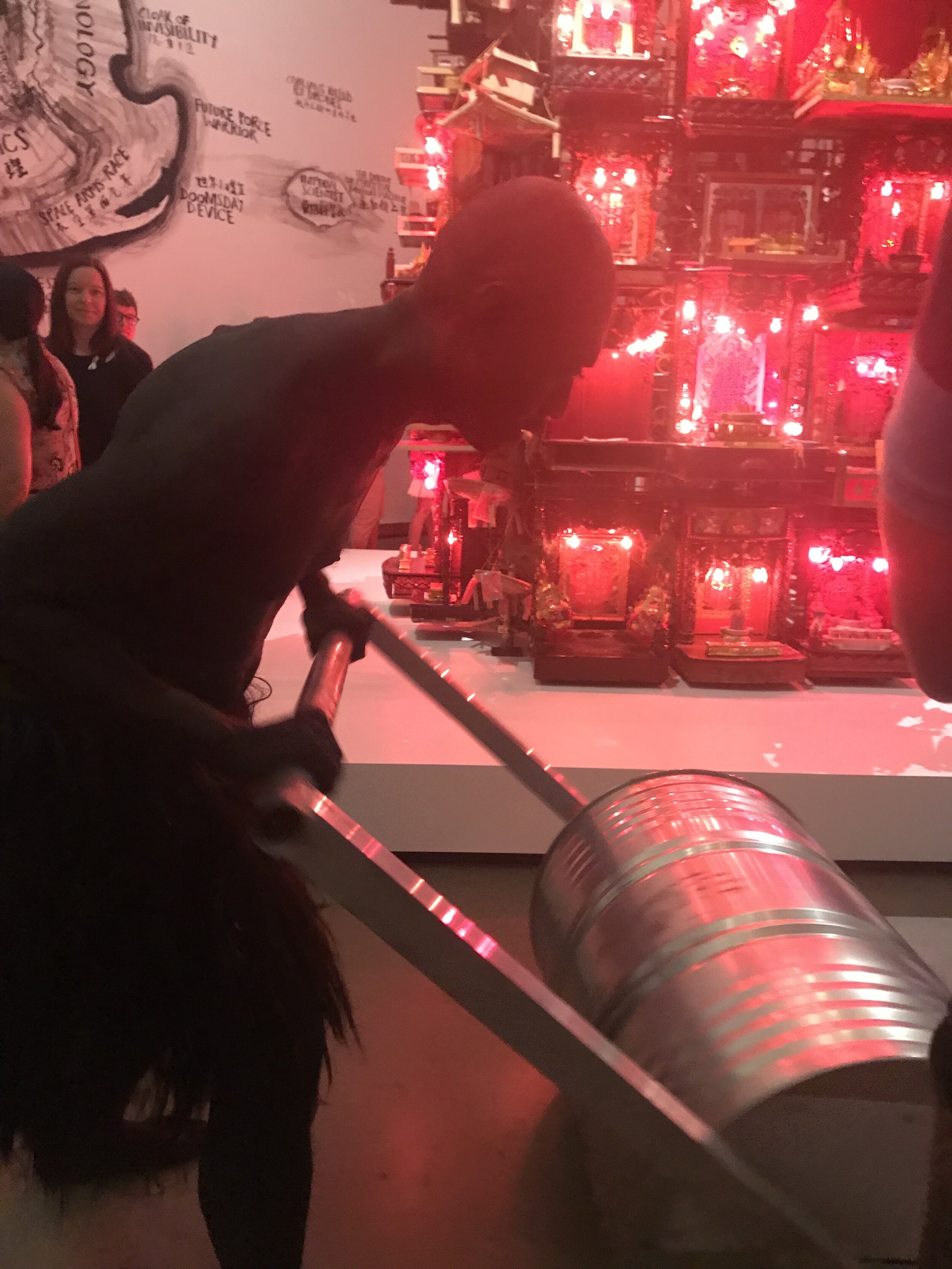
Mobile percussion instrument (made from a Mobil oil drum).
The original Ekodrum was created during the final years of the Australian Millennium Drought, regarded as the worst drought since colonial disruption. Low rainfall, water trading, poor land and water management practices of the Murray-Darling basin and population growth led to the construction of six major seawater desalination plants to provide major cities with drinking water. Recently arrived from Canada, where some of the world’s largest fresh water sources are located, drought on this scale was confronting. Water restrictions were in place, fountains were dry and gardens were parched.
I created the Ekodrum based on the designs of a rainstick and a hippo-roller or a lawn roller. Believed to be invented in Chile, it was played in ceremonies with the belief that it could drum up rainstorms. Inverted needles or pins would run through a central core of a hollow tube of wood, bamboo or cactus. Beads, beans or rice would be added and fall through the needles or pins when the tub is upended, creating a rain sound. Here an oil drum replaces the wood as a reference to my own homeland where the Alberta tar sands are destroying land and water ecosystems through an intensive oil extraction process. Canadian author and activist, Maude Barlowe suggests that in the coming years, water will become more precious than oil in commodity markets as governments sell off water rights to corporate bodies. This work aims to help raise awareness about such malfeasance to raise public alarm before water becomes no longer a human right.
In 2017, the Ekodrum was recreated in collaboration for Latai Taumoepeau’s performances:
Archipela-Go, 30 June 2017
Art Bar, Museum of Contemporary Art, SydneyOdyssey 'o Fehuluni
The Asia Pacific Triennial (APT9), QAGOMA, Brisbane, QLD, 2019